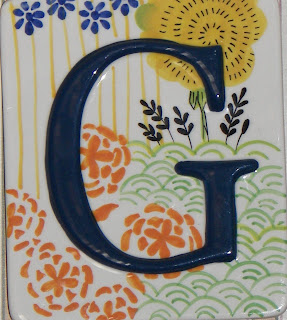A night of thunder, lightening and heavy rain. Waking up to a heavy coating of ice outside. It can only mean: SPRING?
March 1st is the official first day of the Meteorological Spring. Not the same as the Spring Equinox which arrives this year on March 20.
February 2011 is one for the history books - literally. Our area tied with 1994 for the snowiest February coming in at 20.7 inches (give or take according to where you live.) Average snowfall is 4.9 inches. So far this winter we have had 46.6 inches of the great white fluffy stuff.
What the March 1st day gives us is the realization that the days are getting longer and that means the little internal plant systems will begin the process of wakening. On March 1st, daylight will be 11 hours and 18 minutes long. On March 31st, daylight will be 12 hours and 39 minutes long. When you live in an area where February is typically gray and more gray, you count the minutes of increased sunshine.
Wildlife begin their spring rituals, too. Opossums, wild turkeys and turkey vultures, coyotes, ruffed grouse, flying squirrels, muskrats, chorus frogs, raccoons, minks and skunks breed. Chipmunks end hibernation. Resident Canada geese nest. Duck migration peaks. Turkey vultures, non resident doves and bluebirds return. Pheasants start crowing. You may see some Sandhill cranes migrating overhead as they head farther North. Great horned owls eggs hatch. Rabbits will bear their first litter of the year.
Before the month is over, red maples will start to bloom. You may see some spring flowering bulbs sprout. (Yes, it's the time of the year when you congratulate yourself that you got those spring flowering bulbs planted even if your fingers were numb.)
We will probably see a few really warm days, some more snow and definitely more thunderstorm and ice. All the while we, too, know our internal "spring" clock is making us anxious to get gardening. Today, one of my Amaryllis bloomed and the other is almost ready. These are the two from last year. A surprising success! The beautiful and bright flowers are a reminder of things to come.
_______________________
If you'd like to see the photos in a more dramatic size, double click on them. Meanwhile ~ happy Meteorological Spring! Does this call for a cake and balloons???? I'm sure it does.

















































